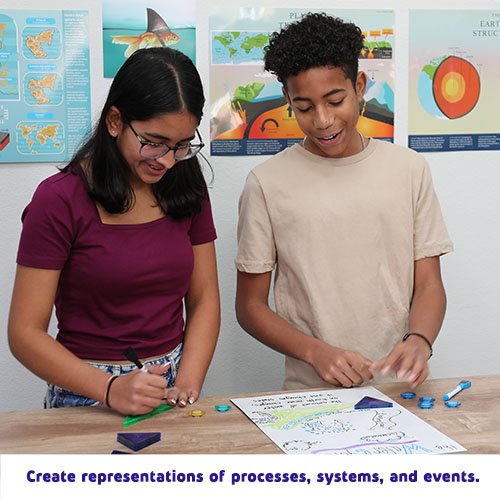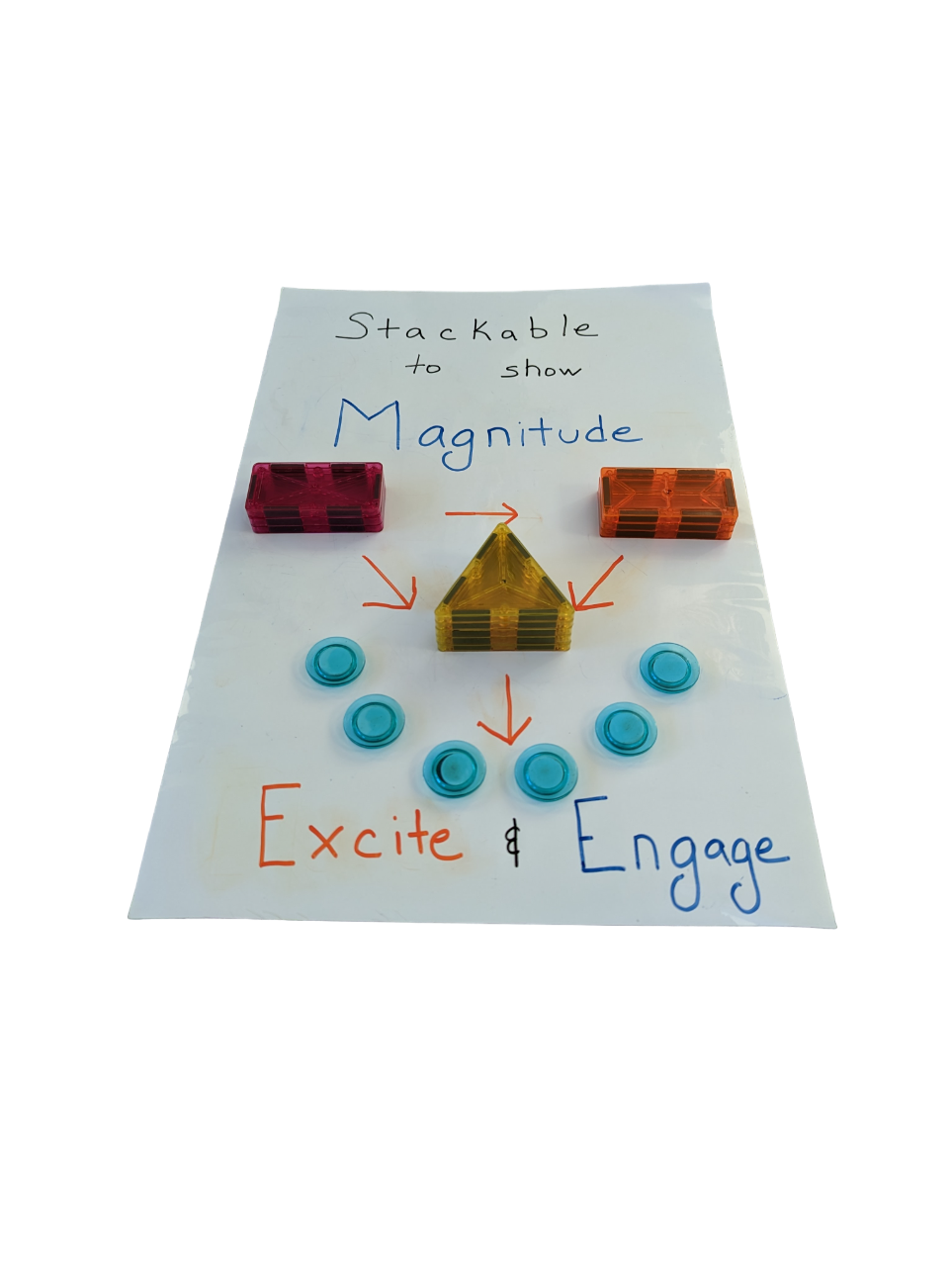Modeling Mat Kit 10-Pack (20 students)
$435.00
Click here to watch it on YouTube
iSprowt’s Modeling Mat kit is designed to help students make thinking visible by creating and revising phenomena-based models.
– Use magnetic tiles to model concepts from molecules to planetary systems.
– Create representations of processes, systems, and events.
– Enable students to easily manipulate, revise and improve their models.
– Magnetic and stackable, dry erase tiles add dimension and visualization to deepen understanding
– Encourage iterative thinking and discussion.







